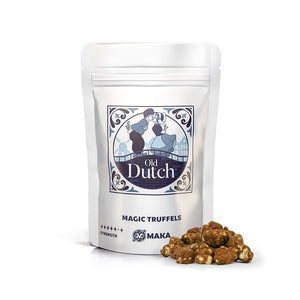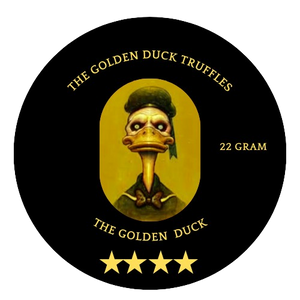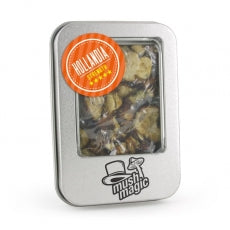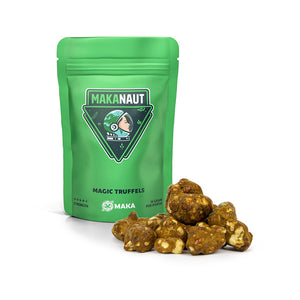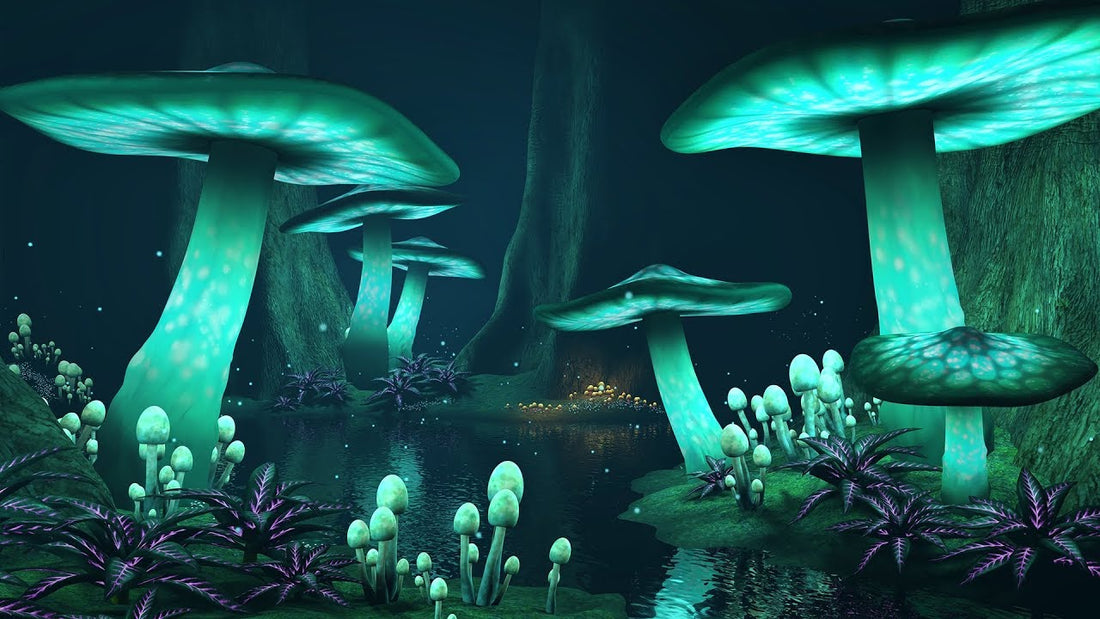
The Origin and History of Magic Truffles
Share
Magic truffles, also known as sclerotia, have been part of spiritual and ceremonial traditions for centuries, especially in indigenous cultures. Although they are less well-known than psychedelic mushrooms, they have a rich history that is closely linked to the use of psilocybin-containing fungi.
The Discovery of Psychedelic Truffles
The magic of truffles lies hidden underground. They are actually the underground part of certain mushroom species, which have been used in various cultures around the world for their mind-altering properties.
Ancient Cultures and Rituals
-
Mesoamerica:
For thousands of years, indigenous peoples in Mexico and Central America have used psychedelic mushrooms and truffles in religious ceremonies to connect with the divine and for healing. Notable groups like the Aztecs called them “teonanácatl,” meaning “flesh of the gods.” -
European usage:
In Europe there were also historical reports of the use of psychoactive fungi, although the knowledge was often lost during the Middle Ages.
Scientific Discovery
-
In the 1950s, psilocybin was first isolated by American chemist Albert Hofmann, the same man who discovered LSD.
-
Researchers began studying the effects of psilocybin and discovered that certain fungi also form sclerotia underground that have similar effects to the mushrooms.
Why Magic Truffles?
In some countries, such as the Netherlands, magic truffles are legal while psilocybin mushrooms are prohibited. This is because truffles are not officially considered mushrooms, but an underground growth of the same fungus. This made them popular as a legal alternative for psychedelic experiences.
Modern Popularity
Today, magic truffles are used worldwide, both recreationally and therapeutically. They are valued for their pure effect, relatively mild taste and the possibility of microdosing.

